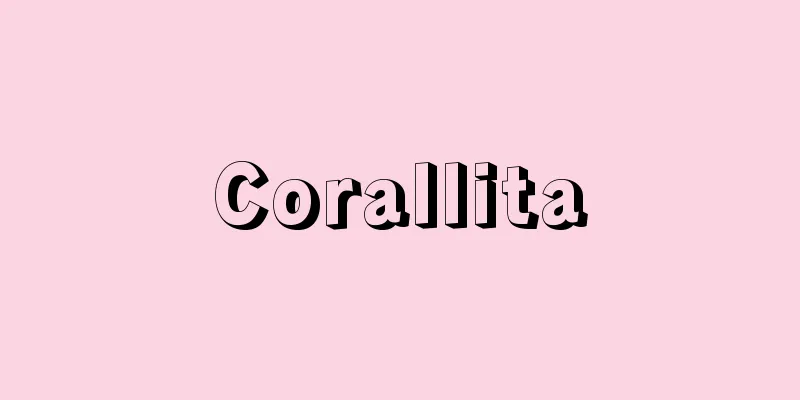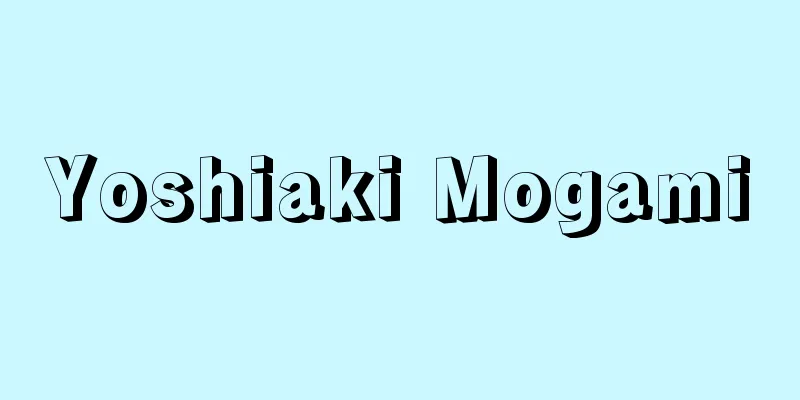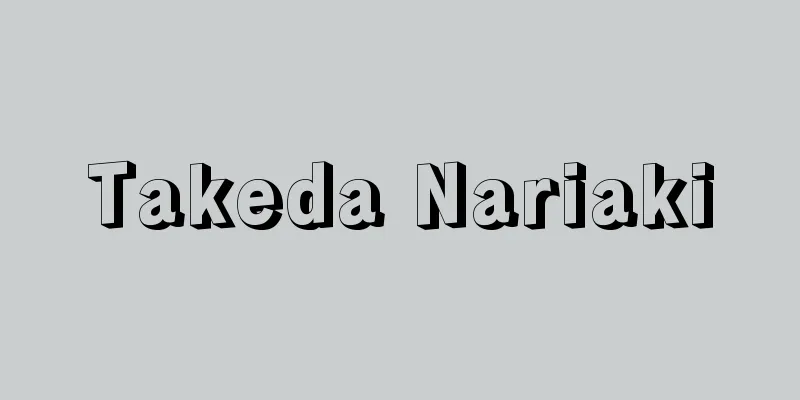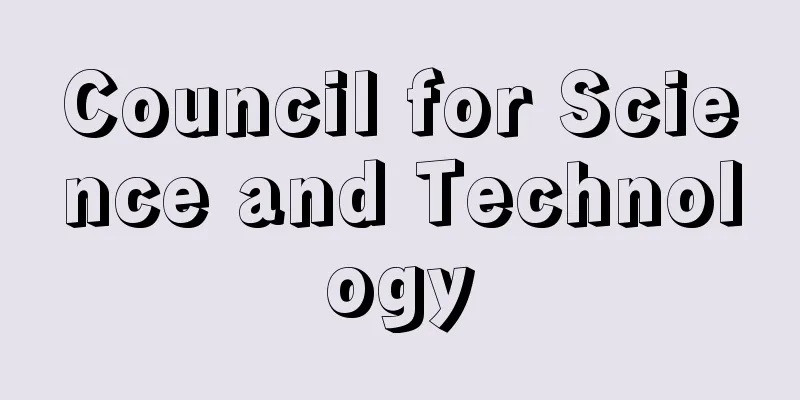Tic (tic disorder)
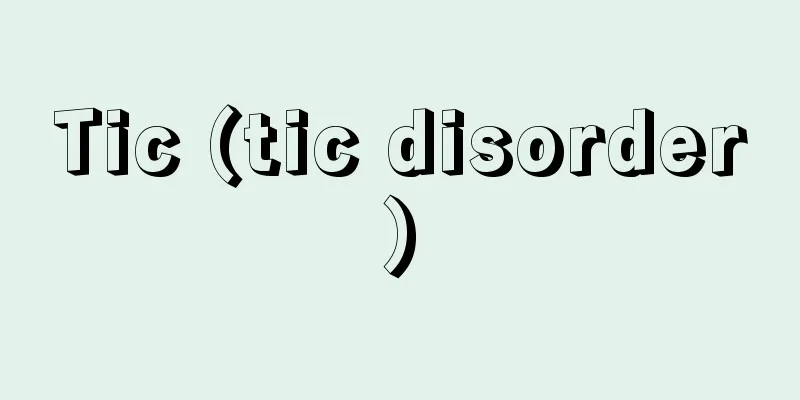
What is the disease?Tics are a type of habit that many children experience from infancy to school age as part of their mental and physical growth and development. When these become fixed, chronic, and intense, they are diagnosed as a tic disorder. The majority of tics seen in children are said to be transient or developmental tics. However, in child psychiatry, psychosomatic or neurotic tic disorders are seen relatively frequently. Chronic multiple tic disorder (Tourette syndrome), which is said to be a severe form of tic disorder, is seen relatively frequently in school-age children and adolescents. What is the cause? The causes of the onset of the condition include somatic factors (the brain's tic center) Symptom characteristics and diagnosis Tics are "sudden, purposeless, and specific to a specific localized muscle group." Symptoms include blinking ( The age of onset is usually between 3 and 4 years old (first onset) and 7 to 8 years old (peak) during school age. It tends to be more common in boys (male to female ratio is 3:1), and although there is no consensus on the meaning of this, it is thought to be due to the unique growth and development of boys and girls during this period. Diagnosis is generally made based on symptoms and characteristics of the treatment process. Here we introduce the diagnostic criteria used in child psychiatry (Table 17). Treatment and responseTreatment is not to cure the illness called tic disorder, but to treat the child with tic disorder. The goal of treatment is to improve the child's adaptability to stress and to assist in the development of their personality. In child psychiatric clinics, there are many children with relatively severe symptoms, and in such cases, drug therapy (mainly psychotropic drugs such as haloperidol and risperidone) is used. The response is to reduce or eliminate the tension and anxiety that triggers the symptoms, and to respond to them. Rather, it is effective to take care not to make the person too preoccupied with the symptoms, to direct their attention to whole-body exercise to release stress, and at the same time to give them something that they can be interested in and passionate about (such as a hobby). However, if symptoms become long-term or chronic, or occur frequently or severely, it will be necessary to visit a medical institution such as a child psychiatrist. Takanori Negishi "> Figure 1. Causes and diagnosis of tic disorder in children "> Table 17. Diagnostic Criteria for Tic Disorder Tic |
どんな病気かチックとは一種の癖のようなもので、乳幼児期から学童期にかけ、心と体の成長・発達の過程で多くの子どもにみられるものです。これが固定・慢性化して激症化するとチック症と診断されます。 子どもにみられるチックは、一過性・発達性チックといわれるものが大多数です。しかし、子ども専門の精神科では、心身症ないし神経症レベルのチック症が比較的多くみられます。チック症の重症型といわれる慢性多発性のチック症(トゥーレット症候群)は、学童・思春期に比較的多くみられます。 原因は何か 発症の原因としては、身体因(チックの中枢として脳の 症状の特徴と診断 チックは、「ある限局した一定の筋肉群に、突発的、無目的に、しかも 症状は、まばたき( 発症年齢は、3~4歳の幼児期から始まり(初発)、7~8歳の学童期(ピーク)に多くみられます。男児に多い傾向にあり(男女比は3対1)、その意味づけに関して定説はありませんが、一応この時期の男女の成長・発達の特異性によるものと考えられています。 診断は、一般には症状や治療経過の特徴などからなされています。ここでは、子どもの精神科などで用いられている診断基準を紹介しておきます(表17)。 治療と対応治療は、「チック症という病気を治すのではなく、チック症の子どもを治療する」ことになります。治療の目標は、ストレスなどへの適応性を高め、人格の発達援助を目指すことです。 子ども専門の精神科などでは比較的重症な患児が多く、その場合には薬物療法(主としてハロペリドールやリスペリドンなどの向精神薬)が行われます。一方、軽症の場合は、 対応としては、症状を誘発する緊張や不安を軽減、除去することや、それへの むしろ、本人が症状にとらわれすぎないように配慮し、全身運動の発散に関心を向けさせ、一方では、何か興味を抱いて熱中できるもの(趣味的なもの)をもたせることが有効です。 しかし、症状が長期・慢性化し、多発・激症化する場合には、子ども専門の精神科などの医療機関への受診が必要になります。 根岸 敬矩 "> 図1 子どものチック症の発症原因と診断… "> 表17 チック症の診断基準 チック
|
Recommend
Umru Al-Qais - Umru Al-Qais
...From about the 8th century, the ancient poetry...
Vasoconstrictor - vasoconstrictor
A drug that acts on the muscles of the blood vesse...
Gē (English spelling) Ge
…The earth goddess in Greek mythology. Also known...
Ashiyasu [village] - Ashiyasu
A village in Nakakoma County in western Yamanashi ...
Ishiwari - Ishiwari
→ Stone shellfish Source : Heibonsha Encyclopedia ...
Echigo Prefecture
…At the end of the Edo period, Echigo was home to...
Karako
〘Noun〙① A child with Chinese-style clothing and ha...
Himetenkomushi - Himetenkomushi
A small freshwater animal of the phylum Tentacula...
Analog arithmetic circuit
...Performing some kind of operation on informati...
Adenophora remotifolia (English spelling) Adenophoraremotifolia
…[Takemi Shimizu]. . … *Some of the terminology t...
Caedmon
...The latter's disciple was Alcuin, who part...
Stroheim - Erich von Stroheim
American film director and actor. Born September ...
Kusano
Ichibacho is a former post town in the eastern pa...
Zoroastrianism - Zoroastrianism
A religion founded by Zoroaster. It is usually ca...
Ageshomon - Ageshomon
…In the case of Kanekuji, the plaintiff was requi...
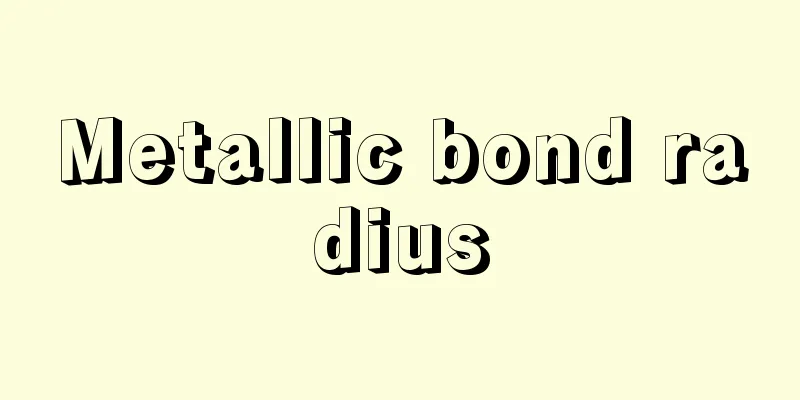
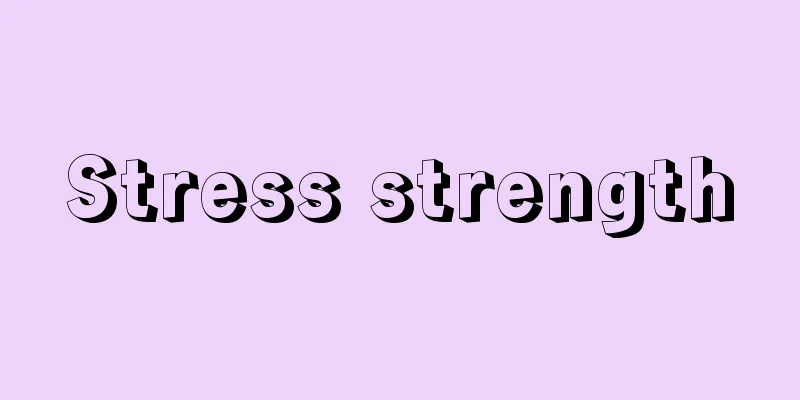
![Nakama [city] - Nakama](/upload/images/67cc646c140dd.webp)

